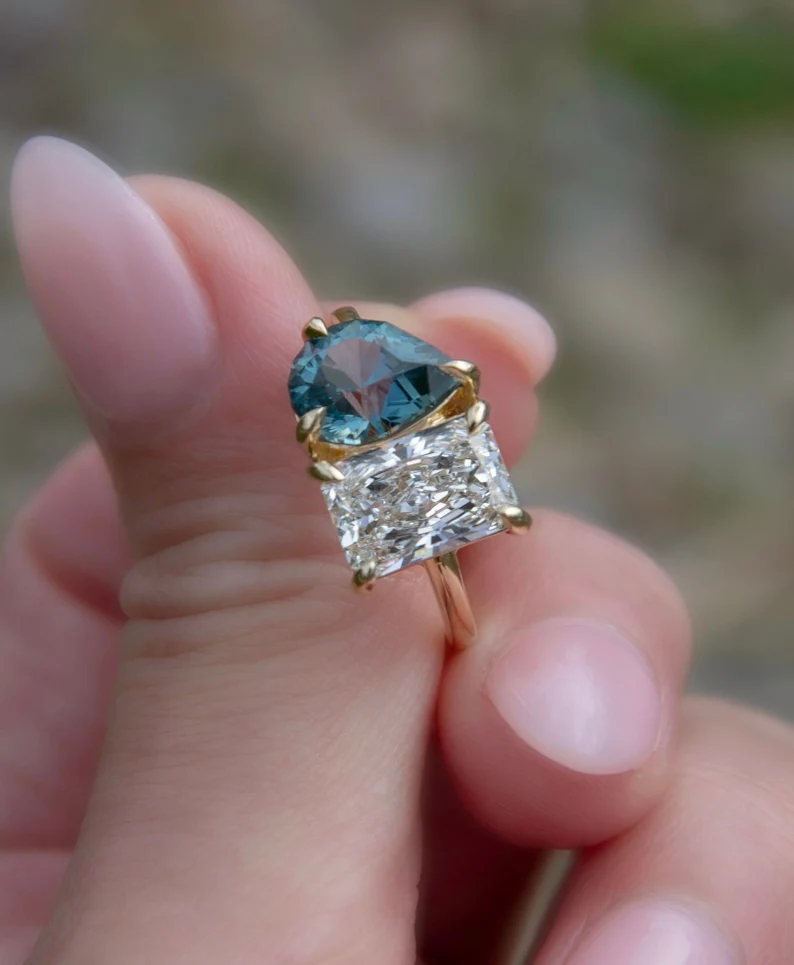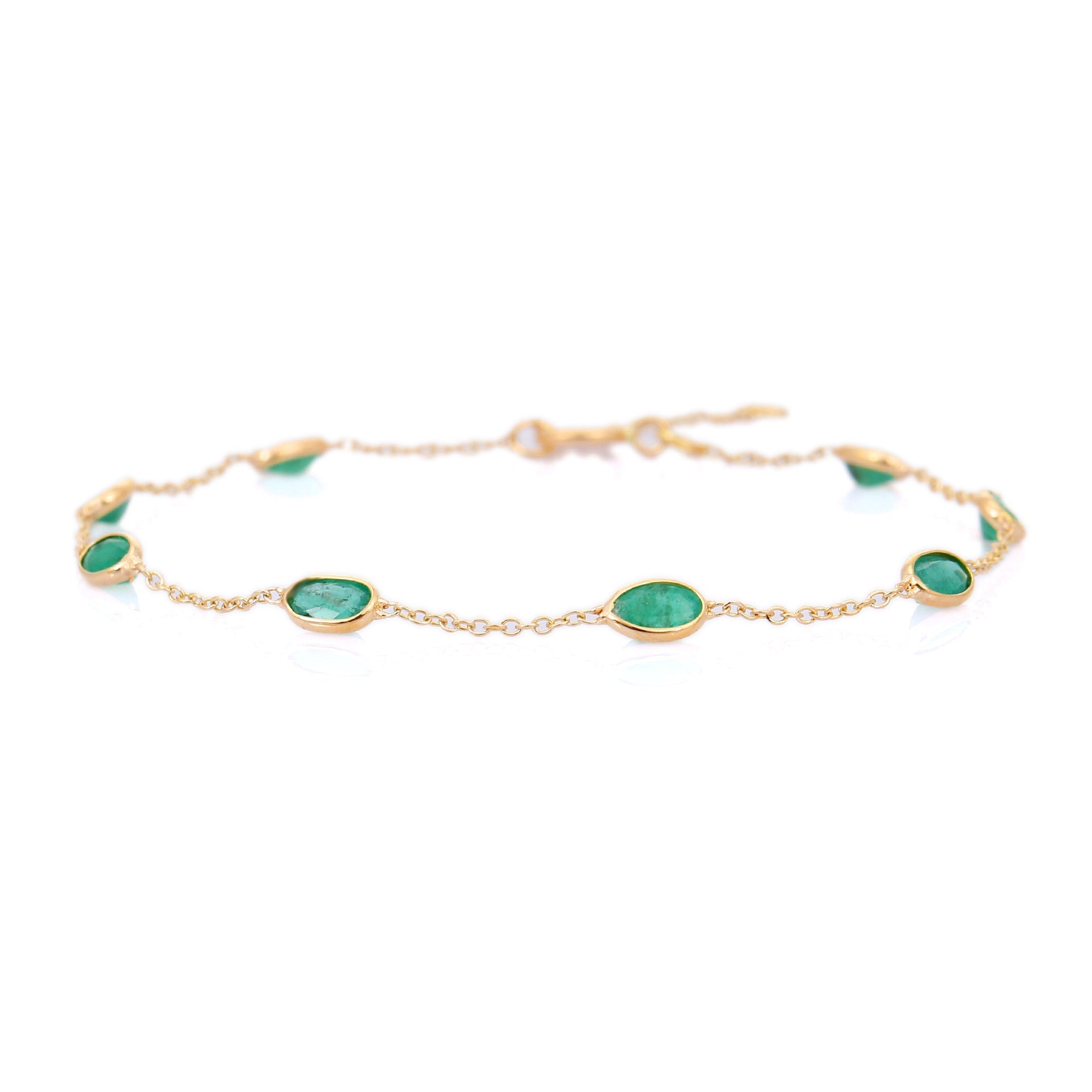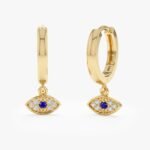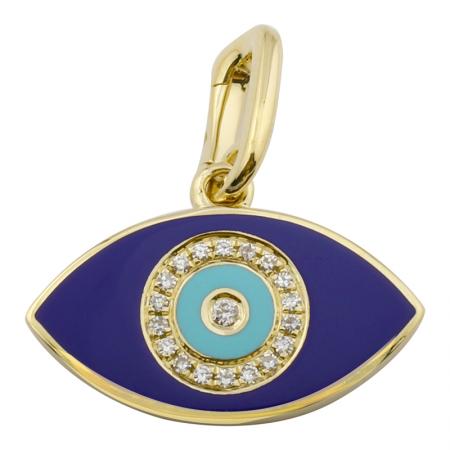Black Friday Jewelry Traps: “Doorbusters” to Dodge

Black Friday deals can be tempting. Retailers use loud prices and limited-quantity “doorbusters” to make you buy fast. In jewelry, fast decisions often mean poor value or items that won’t last. Below I explain the common traps and how to avoid them. I give clear checks you can use in the store or online. No fluff—just the practical facts you need.
Inflated discounts and bait-and-switch
Stores often show an “original” price next to a heavy discount. That original price may be inflated or apply to a different item. Why it matters: the percent-off number tells you nothing about actual value.
- Ask for the item’s SKU or model number. Compare that exact SKU to normal selling prices over several months if possible. If the store can’t provide it, the discount may be misleading.
- Watch for “1 ct” language. A listing that says “1 ct total weight” may mean three small stones totaling 1.00 ct, not one 1.00 ct center diamond. One 1.00 ct round is about 6.4–6.6 mm. Ask for the center stone’s mm measurement.
Metal quality and plating tricks
“Gold” can mean solid 14k, 18k, gold-filled, vermeil, or simple plating. The difference affects durability and resale value.
- Know the hallmarks. 14k or 585 means ~58.3% gold; 18k or 750 means ~75% gold. If the piece is marked “GP” or “gold plated,” expect thin plating that wears off in months.
- Vermeil vs plated. Vermeil is gold over sterling silver and is a better option than base metal plating. Still, plating thickness matters: thin plating will fade sooner.
- Ask for alloy composition on white gold. White gold should be rhodium plated for color. Replating is a maintenance cost. If the piece is “white gold-look” base metal, it will discolor quickly.
Diamond wording and grading shorthand
Diamond claims can be confusing. Retail terms like “eye-clean,” “premium cut,” or “hand-selected” are subjective.
- Request a certificate for stones 0.30 ct and up. Reputable labs include GIA and AGS. A certificate tells you carat, mm measurements, color and clarity grades, and cut grade. Without it, you can’t verify quality.
- Check mm, not just carats. Two diamonds can have the same carat weight but different face-up sizes depending on cut depth. For example, a 1.00 ct round should be around 6.4–6.6 mm in diameter. If the listing shows a suspicious mm smaller than expected, the stone may be deep-cut and look smaller.
- Be wary of low-tier certificates. Some labs and in-store “certificates” are less strict. They can grade a stone more favorably than GIA. Ask which lab issued the report.
Gemstone treatments and substitutions
Colored stones are often treated to improve color or clarity. Some treatments are stable; others need special care.
- Ask whether a sapphire or ruby is heated. Heat treatment is common and stable. But fracture-filled emeralds or glass-filled rubies are fragile. Fracture-filled stones can lose color or clarity with heat or ultrasonic cleaning.
- Expect disclosure. Reputable sellers will tell you if a stone is lab-grown, treated, or simulant. For example, moissanite looks like diamond but has different optical properties. If the ad avoids the word “lab-grown,” ask directly.
Sizing, chains, and hardware weaknesses
Doorbuster items often cut costs on settings, clasps, and chain gauges. These are the parts that fail first.
- Check prongs and setting thickness. Thin prongs (look for metal thickness under ~0.9 mm) break more easily. Ask if prongs are reinforced or if the ring comes with a warranty covering lost stones.
- Look at chain gauge and clasp type. A delicate chain listed as “14k” may be only 0.6–0.9 mm thick and snap under small strain. For everyday wear, choose chains ≥1.2–1.5 mm or heavier. Lobster clasps are more secure than spring rings.
- Try a ring on multiple fingers. Black Friday staff may say a ring is ready to wear but charge extra for resizing. Confirm included services in writing.
Returns, warranties, and hidden fees
Limited-time sales often come with restrictive return policies. Why this matters: you have less recourse if the item arrives damaged or misdescribed.
- Read the return policy before purchase. “Final sale” means no returns. If you’re buying online, check who pays return shipping and whether restocking fees apply.
- Understand warranties vs service plans. A free lifetime warranty may only cover manufacturing defects, not normal wear (chain breaks, prong wear). Extra “protection plans” often duplicate services you can get cheaper from an independent jeweler.
- Ask about appraisals and authenticity paperwork. If the seller provides an appraisal, note whether it is a retail replacement appraisal or an unbiased independent appraisal. Retail-appraised values may be higher than market resale value.
How to shop smart on Black Friday
Use a checklist. Move deliberately even if the deal feels urgent.
- Ask for exact specs: carat weight, mm measurements, color/clarity grade, lab name, metal stamp (14k, 585, 925), and total weight (for multi-stone pieces).
- Request certification and photos. For diamonds and significant colored stones, get the lab report number. For online purchases, ask for close-up photos under natural light—don’t rely on heavily edited images.
- Compare unit prices. Divide price by total carat weight for multi-stone items and compare to single-stone prices. If a “deal” gives a higher per-carat price than normal, it may not be a bargain.
- Buy from sellers who will stand behind the item. Reputation matters. A modestly priced item from a reputable jeweler with a clear return policy and certificate is often a better buy than a steep “doorbuster” with no documentation.
- Take your time with big purchases. If you’re pressured to buy on the spot, step away. Good jewelry rarely disappears in a single afternoon.
Black Friday can offer real savings. But jewelry has many technical details that hide risk. Ask precise questions, get written specs, and don’t let a countdown timer force you into a bad deal.




